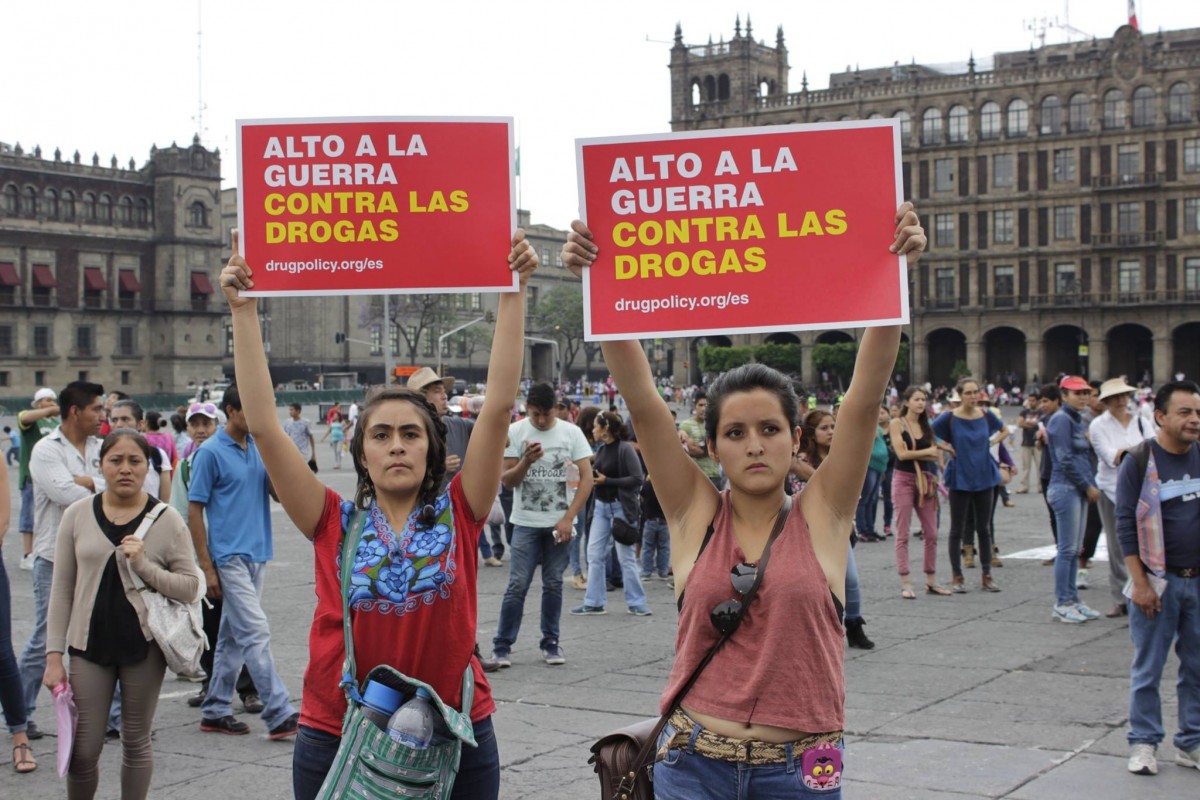The surface area used in Peru to grow the coca crop, from which cocaine is produced, has risen by 9 per cent in one year – as cultivation increases across the Andean region.
According to the latest Peru Coca Survey, published by the UN Office on Drugs and Crime (UNODC) on December 5, the net area under coca cultivation increased from 40,300 hectares in 2015 to 43,900 hectares in 2016 – a 9 per cent jump. While this rise is significant, other Andean countries reported even larger increases this year; in July 2017, UN reports found that the estimated total land areas being used to cultivate coca in Colombia and Bolivia rose by 52 per cent and 14 per cent respectively during the same period.
The rise in Peru, although smaller than that of its neighbours, is noteworthy as this marks the first increase in the country’s illicit coca production for five years. Coca cultivation has been on a downward trajectory in Peru – the world’s second biggest cocaine producer – since the cultivation area peaked at 62,500 hectares in 2011, based on UNODC data.
The new figures will be disappointing to the government, as authorities had recently projected a gradual reduction of coca-producing areas – with an aim of only 25,000 hectares being cultivated upon by 2021.
The increase in the area being used for coca cultivation could be linked to a drop in the government’s eradication of coca crops. The government's Programme for the Eradication and Reduction of Illegal Crops of the Huallaga (CORAH) noted a 16 per cent decrease in this eradication; from 35,868 hectares in 2015 to 30,151 hectares in 2016. However, the reasons behind increased cultivation could be more complicated than simply reduced eradication.
In 2016, the government started an initiative to provide alternative income for coca farmers in the Apurimac, Ene and Mantaro River Valleys (VRAEM) region – where almost half of the country’s coca crop cultivation area is located. VRAEM is also one of the most impoverished regions in the country. Under the new approach, no CORAH eradication took place in VRAEM in 2016, with the government instead attempting to encourage farmers to cultivate different crops – particularly coffee. This has proved largely unsuccessful in the region due to apparently insufficient financial incentives for farmers to engage in alternative crop cultivation.
As TalkingDrugs reported in late 2016, coca production has continued to be popular despite this alternative development initiative, as the plant can be grown in poor soil, at high altitudes, and without the need for sophisticated infrastructure. Additionally, a coca crop can be harvested around three times per year, while some coffee crops can take up to three years until their first harvest; for farmers in poverty, such a stretch of time is far too long for a sustainable income. Perhaps unsurprisingly, the surface area being used for coca cultivation in VRAEM increased by 11 per cent – an even larger proportion than the national rate – between 2015 and 2016.
There are undoubtedly other factors, including market forces, at play in Peru’s increased coca cultivation. Nonetheless, the government’s attempt to dissuade farmers from growing coca crops has seemingly been ineffective. If state officials do not improve the potential short-term financial gains for farmers in VRAEM and elsewhere, it seems unlikely that the cultivation of the coca crop will decrease.


